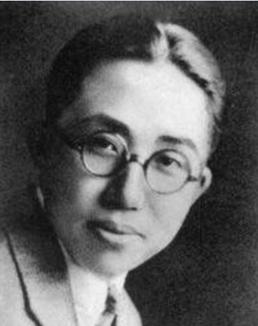"Left-wing" music
China's new music culture in the 1930s
On the one hand, after the "May Fourth Movement," there has been a trend of comprehensive acceleration and advancement in all aspects.
On the other hand, the complexity and sharpness of the social class contradictions and the turmoil in social life have prompted the differentiation of musical teams and the rapid development of new mass revolutionary music.
Representative musicians: Huang Zi, Qing Lord, Wang Guangqi, Xian Xinghai

Huang Zi
"Long Hate Song", music educator
A native of Jiangsu, he is a composer, music educator and music theorist
In the study of music theory, he has written textbooks such as "One-way Method" and "Harmony Acoustics"
Long hate song
1. The oratorio "Long Hate Song" composed in 1932, with lyrics by Wei Hanzhang.
2. The content of the work is based on Bai Juyi's long poem of the same name, and the verses in it are selected as the titles of each movement.
3. Through the depiction of the love between Li Longji, the Emperor of the Tang Dynasty, and The Noble Concubine Yang Yuhuan, he gave deep sympathy and criticism to the love tragedy of Li Longji and Yang Yuhuan
(1) It is his only large vocal suite
(2) The first oratorio in the history of modern Chinese music
Huang Zi's creative characteristics
1. In the creation, attention was paid to the vividness of the musical image and the smoothness and beauty of the melody.
2. Pay attention to the combination of lyrics and tunes, and the combination of vocal music and accompaniment
3. Pay attention to the meticulousness and concentration of the creative conception and the simplicity and rigor of the music
4. Consciously made a further creative exploration of the national style of music
If you want to get more about the content of the exam editor, please pay attention to me, "17 Academy" is committed to providing you with interesting and useful information and materials, accompanied all the way, to help you go ashore!